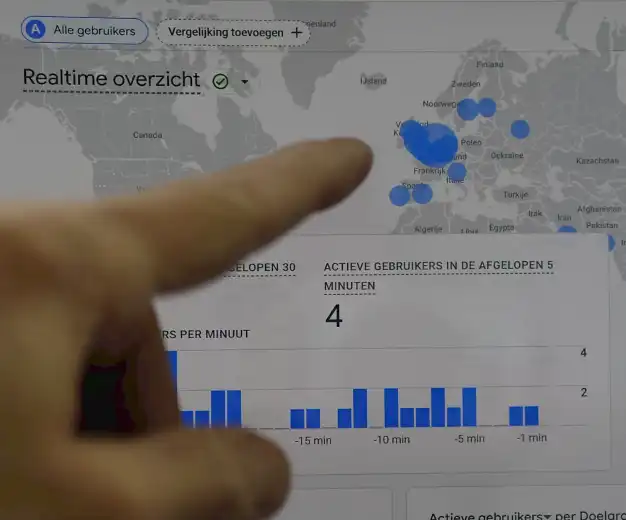2. Build on a Strong Foundation of Data
Data is the backbone of any digital strategy. The more you understand your business and customer behavior, the better positioned you are to make informed decisions. Start by analyzing your current systems, processes, and customer interactions. Look for inefficiencies, patterns, and untapped opportunities. This baseline assessment will guide where digital improvements can have the biggest impact.
Don’t just adopt technology for technology’s sake—use data to drive decisions on what will truly benefit your business.
Tip: If you haven’t already, invest in data analytics tools that provide insights you can act on. This will allow you to measure performance in real-time and make adjustments as you go, ensuring your digital transformation remains agile.



